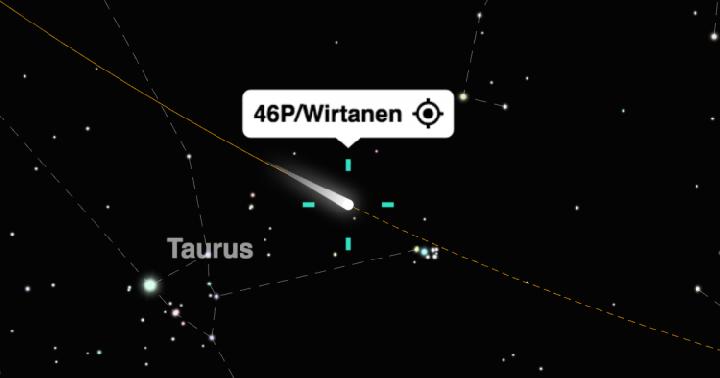Copyright tempo

TEMPO.CO, Jakarta - A rare comet named C/2025 A6 (Lemmon) is currently approaching its closest point to the sun. According to Avivah Yamani, an astronomy enthusiast from the South Sky Community in Bandung, the journey of this celestial object can be observed by Earth's residents. "It can only be seen once in a generation," she told Tempo on Saturday, October 25, 2025.Observing this comet is considered a rare event because the period of Comet Lemmon is 1,350 years. This type of comet returns to its closest point to the Sun every more than 200 years. "This comet will only visit the sun once and then not return," said Avivah.Based on its history, the comet C/2025 A6 was discovered during a sky survey on Mount Lemmon on January 3, 2025. It is estimated that the comet will reach its closest point to the Sun on the upcoming November 8, with its orbital period estimated to be reduced to 1,150 years. "The comet's closest approach to Earth was on October 21," she said.Earth's residents can witness the comet. According to Avivah, the best position for observers is in the northern hemisphere because the comet's position is higher there. Meanwhile, in Indonesia, located near the equator, observers can also participate in observations until around 7:30 PM local time when the comet disappears or sets. "The comet is now starting to appear in the evening after sunset with a relatively narrow observation window," she said.Avivah said that the Lemmon comet in October to November has the potential to be visible, but its position will be lower in the western direction. For observations, in addition to using a telescope, it can also be seen with the naked eye. However, due to its low position near the horizon, observations will be difficult. "In addition, other factors such as fog, clouds, especially if it rains," she said.If the evening sky is clear, the appearance of the Lemmon comet can be anticipated in the west and observers' view will not be obstructed by multi-story houses or tall buildings. Until mid-November, said Avivah, the brightness level of the comet is between 4.9 - 5.6 magnitude. "The comet's light is still within the capabilities of our eyes," she said. The brightness limit visible to the naked eye is 6 magnitudes in dark conditions around the observer.Editor's Choice: Getting to Know the Perseid Meteor Shower Phenomenon in August 2025Click here to get the latest news updates from Tempo on Google News



